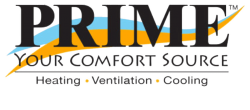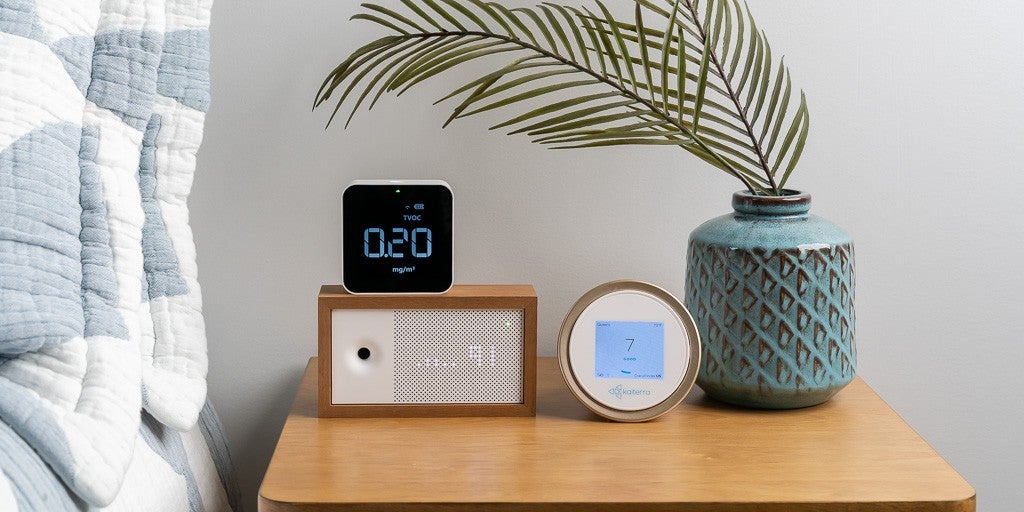During the winter months, many homeowners focus on keeping their houses sealed as tightly as possible. After all, there is a cost to be paid for the warm air that you enjoy. And a well-insulated and sealed home is the best way to keep your heating utility bills as reasonable as possible. But what you might not be taking into consideration is the air quality inside your house. And when the air becomes saturated with pollutants, pollen, mold, mildew, and other particles, you begin to suffer from more allergy symptoms and breathing issues. Fortunately, there are several ways to combat the health issues and contamination of your home’s winter air. But first, it is essential to understand what is contaminating your home’s air.
Common Indoor Air Pollutants
Most of us think of the air in our homes as more clean and pure than the air outdoors. But that is not the case. Many items that we use daily are contributing to the poor air quality inside our homes. Some of the most common include:
- Volatile Organic Compounds- VOCs are substances released from common building and household products like paint, plastics, pressed wood or particleboard, and resins. The process is known as off-gassing. And it can take years for all of the chemical fumes to be released from materials in your home.
- Tobacco Smoke-In addition to the vast number of health issues related to Tobacco smoke, there is also damage that occurs in your home. Nicotine stains walls, clothing, paper products like books and artwork. And the odor will permeate furniture fabric, curtains, carpets, linens, and the air.
- Radon-There are trace levels of uranium in almost all of the soil in the world. And as it naturally breaks down, it can enter your home through cracks in the floor or the foundation.
- Exhaust- Furnaces, stoves, and fireplaces all need to be correctly vented. If they are not, soot and carbon monoxide will contaminate the air in your home.
- Biological Materials- This includes pet dander, pollen, mold, mildew, and other material that is living or is from a living being.
Combating Air Contamination In Your Home
Obviously, you cannot eliminate all of the sources of air pollution from your home. But you can significantly minimize the existence and spread of the contaminants with a few simple steps.
- Replace Furnace Filters- This is the best way to remove contaminants from the air inside your house continuously. The filter in your furnace is designed to remove dust, dirt, and other particles in the air before it can damage the HVAC system’s internal components. But the added benefit is that the filtered air is also better for you to breathe without these contaminants. Regularly replacing the furnace filter will help your furnace operate more efficiently and provide you with cleaner, filtered air.
- Fresh Air Exchange- While you might think that the air outside is equally as polluted as the air inside your home, that is not true. The pollution in the massive amount of air outside is far less concentrated than indoor air. So opening your home for an air exchange is a great way to increase your indoor air quality. The general recommendation is 15 minutes per day to enjoy improved air quality.
- Air Purification- There are many advanced types of furnace filters and air purification systems that work in conjunction with your furnace to purify your home’s air.
Call (334) 803-2522 to speak to the HVAC experts at Prime HVAC to learn more about air purification and the best air filters for your HVAC system.

